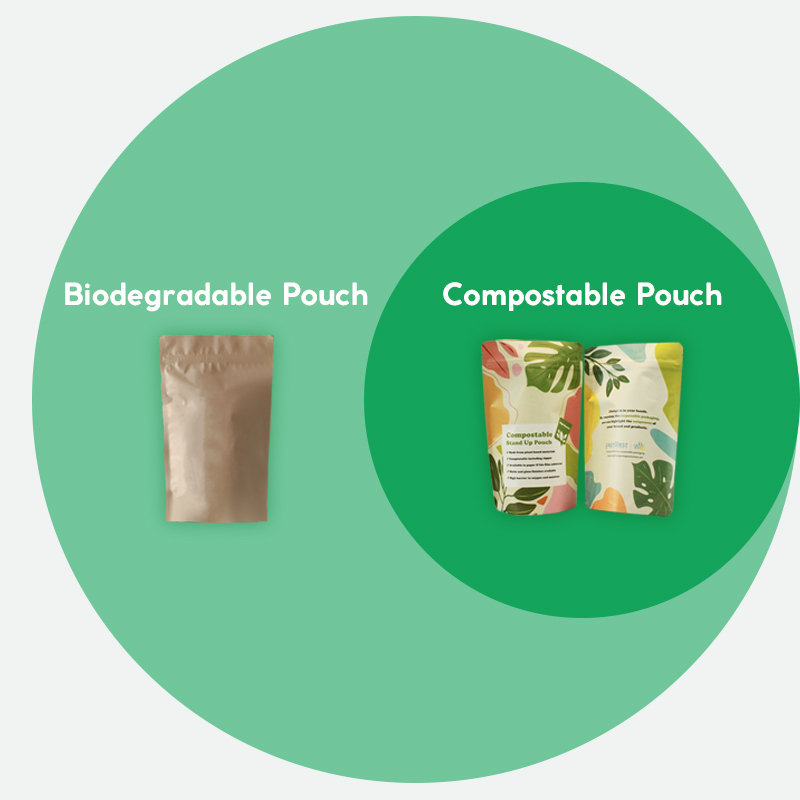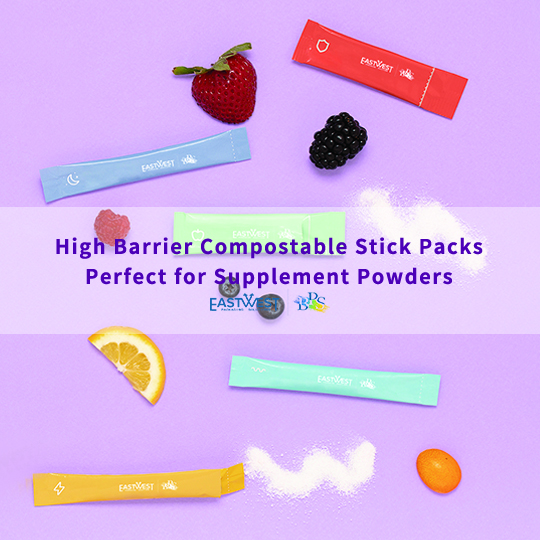When it comes to pet food packaging, plastic laminated pouches have become nearly the standard for product categories like dry food and treats. With superior graphics, barrier properties and durability, plus often the convenience of a resealable opening, plastic laminated pouches offer many positives.

Downside of Plastic Laminated Pet Food Pouches – NOT SUSTAINABLE
The main downside is that they’re not sustainable. The multiple layers of material that comprise plastic laminated pouches, contributing to their benefits, make them nearly impossible to recycle.
In other words, those brightly printed, sturdy materials may ensure freshness on par with human foods, but they can be a bear to recycle.
Especially in the plastics market, very seldom will you find one plastic material that will handle and give you all the properties you need. Usually they're going to be multi-layer, either co-extrusions or adhesive laminations. When you start making those types of multi-layer materials, even though it looks like one single material, to recycle or send it through a process to extract those out becomes very costly and very difficult. So usually, there's not a large recycling stream there.
In fact, the Pet Sustainability Coalition (PSC) says the cost of recycling is more than the value of the plastic materials in the package. “As a result, PSC estimates that over 99% of all pet food bags in the U.S. are disposed of in a landfill rather than recycled,” according to a press release.
The same issue can apply to paper pet food bags with non-paper components, such as clear plastic windows that allow consumers to see the product inside.
First stage of pet food packaging recycling program shows success
The ability to recycle packaging is increasingly important to consumers, along with sustainability in general.
In an early 2020 global survey of pet owners, Euromonitor found that 60% chose “recyclable” as a trustworthy product label claim, over related claims such as eco-friendly and locally sourced, both close to 55%, and sustainably produced at nearly 50%. (Interestingly, other choices for label claims were not as obviously related, including natural and organic, and these pet owners considered recyclable and eco-friendly as more trustworthy.)
The Euromonitor data appeared in a webinar by Kemin on sustainability in pet food. Regarding sustainable packaging, the presenter said that alternatives to plastic bags can include packaging made from recycled materials, 100% recyclable pouch or compostable pouch, and reusable containers.
All those are indeed alternatives and are being tested by pet food companies and packaging suppliers.

A mount of companies have realized our furry friends need more sustainable and nutritious foods - without ever harming any animals or the environment. We all want our food to arrive fresh, safely, in an appetizing manner with eco-friendly packaging, even your pet family.
Dry Pet Foods? Wet Pet Foods? Pet Treats?Supplements? How to Pack Greener?
BPS produces the world’s most complete selection of sustainable packaging solutions that perfectly meets the sustainable requirements and enhances your brand image.
Blog Editor: Mike
Contact BPS Team: inquiry@bestpackagesolutions.net
Let’s make your product stand out in anywhere!
 Eco-Friendly Packaging Materials The Next Wave in Sustainable Design, Right at Your Fingertips!
Eco-Friendly Packaging Materials The Next Wave in Sustainable Design, Right at Your Fingertips!
 Interested in Elevating Your Packaging to the New Height?
Interested in Elevating Your Packaging to the New Height?
 Compostable vs Biodegradable: Which Pouch is Best for the Environment?
Compostable vs Biodegradable: Which Pouch is Best for the Environment?
 Compostable Stick Packs for Supplement Powder
Compostable Stick Packs for Supplement Powder